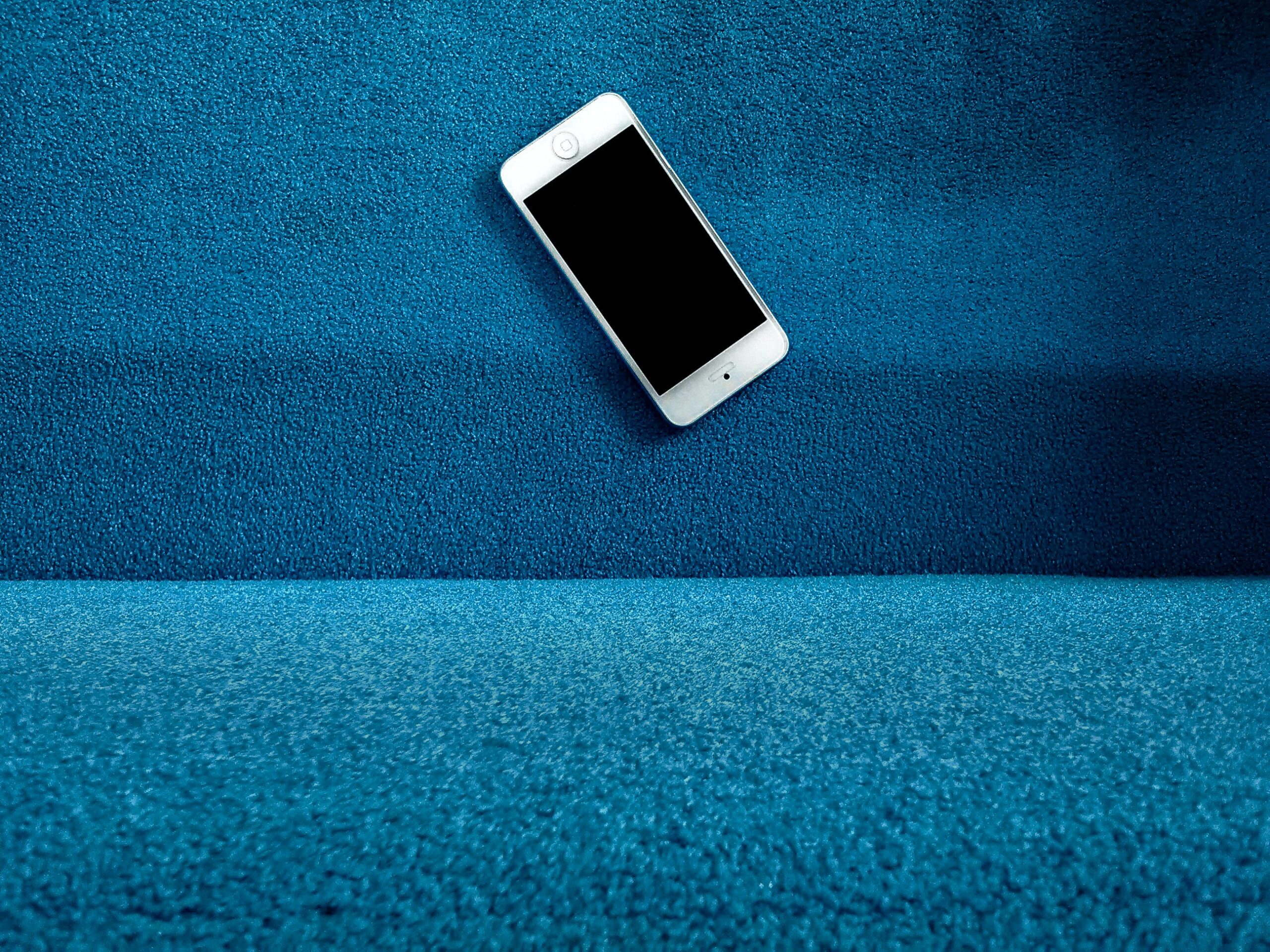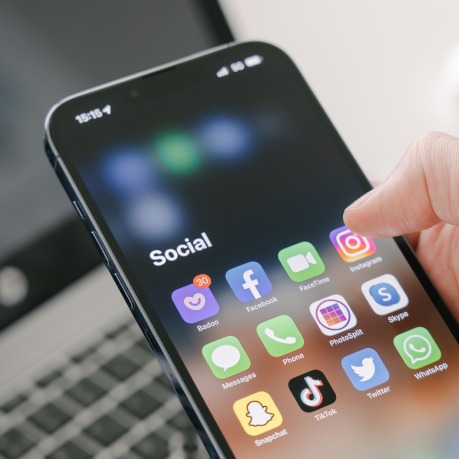
Social media metrics to track instead of likes
Likes are the most visible way to see if your social media marketing is successful, but they don’t present the whole picture. There are other metrics you should be tracking that are much more useful. These metrics should be tied to your business goals and provide actionable insights to inform your marketing plans going forward. […]


